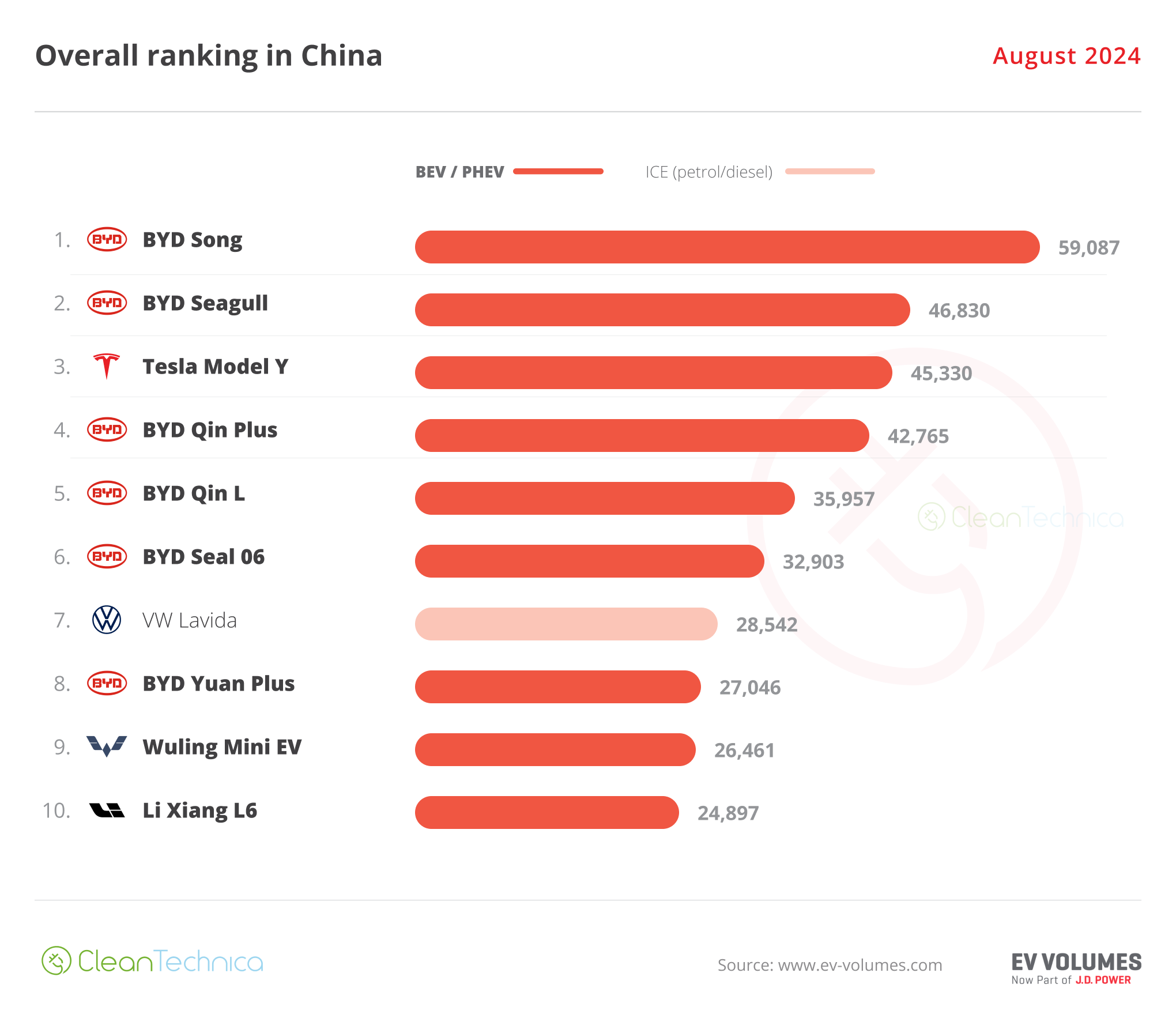Sign up for daily news updates from CleanTechnica on email. Or follow us on Google News!
The idea of harvesting solar power for electric vehicles on-the-go has been catching the attention of the automotive aftermarket. The Canadian firm Worksport is one leading example. The company is producing solarized pickup truck cargo covers and energy storage systems that are compatible with leading pickup makers, and it has just added the Rivian R1T to its roster.
More Solar Power For Electric Vehicles: The Rivian R1T Electric Pickup Truck
Don’t get too excited just yet. Earlier this week, Worksport dropped word that it is still putting the final touches on a cargo cover (aka a tonneau cover) that fits seamlessly over the bed of the Rivian R1T, so you’ll have to wait a while to get your hands on that item.
Whenever the cover does become available, keep an eye out for Worksport’s photovoltaic system, which is designed to convert pickup trucks into rolling, solar-enabled microgrids. Concurrent with its work on the new R1T-compatible cover, Worksport is also eyeing seamless integration with its SOLIS Solar Cover and COR Portable Energy System.
CleanTechnica first spotted Worksport’s interest in the solar power area back in 2020, when the company introduced the idea of solarizing cargo covers for pickup trucks including electric vehicles and non-electric vehicles alike. Worksport anticipated that pickup truck owners would be attracted by the idea of harvesting their own power to run electric tools and other equipment for worksite use, emergency response, and off-grid recreation.
Aside from the zero emission angle, replacing idling engines, noisy generators, and gas-powered equipment with a quiet power source is a health and wellness benefit for anyone working or playing nearby.
That’s a significant advantage when a solarized cargo cover is applied to gas-powered vehicles, but the benefits really kick in for electric vehicles. Worksport notes that the solarized cargo cover for the R1T will have Level 2 charging capability, enabling drivers to top off their EV battery while on the road.
Solar Powered Electric Vehicles Are Coming For Your Fossil Fuels, Eventually
Perhaps somehow, someday, Worksport can also find a way to integrate solar power into ice cream trucks. After all, why should children stand in line on a hot summer day, sucking up diesel fumes for an ice cream cone.
In the meantime, cargo covers represent the low-hanging fruit of solar-integrated electric vehicles. Unlike the body parts of a vehicle, the surface of a cargo cover is flat. Also, cargo covers are not exposed to fender-benders (and worse), which can stress or outright destroy body-integrated photovoltaics.
The stress issue has been a tough nut to crack for innovators working the body-integrated angle. The solarized electric car startup Sono Motors, for example, recently gave up the ghost. Another contender on the CleanTechnica radar is Lightyear, which ended up with a compromise. Instead of manufacturing its own electric vehicles, earlier this year Lightyear reorganized as a supplier of integrated solar technology to other automakers.
One possible holdout is the on-again, off-again US firm Aptera, which is focusing on the growing market for electric autocycles. The company recently announced a licensing deal for its technology, but it still had wheels on the road for Monterey Car Week in August.
More Solar Solutions For Electric Vehicles: Camper Van Edition
Despite the challenges, the idea of adding solar energy harvesting systems to electric vehicles continues to attract attention. After all, many vehicles spend many hours outside in the sun, whether parked or in motion.
Aside from pickup truck cargo covers, the rooftops of buses and vans have begun to tempt solar innovators. Keep an eye on the leading German firm ABT Sportsline, for example. Last year, the company announced that it is working on a solar panel add-on for the Volkswagen ID. Buzz.
ABT’s e-Line division is working on the project. The company notes that electric vehicles with shorter roofs posed some bottom line challenges due to space limitations and the requirement for more complex shapes. With the longer roof of the ID.Buzz, the pieces fell into place.
“The experts from Kempten have now succeeded in developing a solution with which up to 600W peak can be charged into the vehicle’s high-voltage battery via the solar modules on the vehicle roof,” ABT reported last year.
“But that’s not all: an extension via the vehicle’s side panels is already being considered to increase the output to over 1,000 watts,” they added.
As with Worksport, ABT emphasizes that electric vehicles — including hybrids — are the best-case scenario for on-board solar harvesting.
“The ID. Buzz will be able to actively “fill up” with energy while stationary and even while driving, thus extending its range,” ABT expplained. “Power for up to 3,000 kilometers per year can be generated and charged autonomously with solar energy without a grid connection.”
Now Let’s Do Trucks
Another area ripe for the picking is the rooftops of tractor-trailer trucks. Though not quite as attention-getting as other kinds of electric vehicles, trucks are huge, honking targets for electrification. That goes double for refrigerated trucks and other trucks that suck up large quantities of diesel fuel for uses other than propulsion.
Earlier this year, CleanTechnica took note of the leading US firm Performance Food Group, which has leveraged a funding assist from public sources to outfit six electric Volvo class 8 trucks with all-electric refrigerated trailers supplied by the firm Advance Energy Machines.
That’s a brave plunge, considering the risk of food spoilage if the power runs out. However, the system is not designed exclusively for off-grid use. Truckers can recharge from the grid when needed, and the energy storage feature adds another layer of security.
The capability of the solar panels varies according to the refrigeration needs, but AEM states that under a scenario of 34 degrees Fahrenheit they can provide 100% of power for refrigeration, which can add up to considerable savings compared to diesel fuel while also trimming some downtime off the trucker’s schedule.
In an interesting twist, Freightwaves also points out that the load of electrified equipment in Class 8 truck cabs is another factor motivating the industry to deploy solar panels, whether the truck is electric or not. For non-electric vehicles, the benefit is a drop in the idling time needed to keep the battery system charged up.
“The bigger draws on a truck’s battery system come from the use of the in-cab heating and cooling system as well as the use of small appliances and electronics like refrigerators, microwaves and televisions,” noted Freightwaves reporter Todd Maiden in March of this year. Maiden also took note of the battery draw from telematics, smart sensors, and cameras on newer trucks.
Follow me via LinkTree, or @tinamcasey on Threads, LinkedIn, and Instagram.
Image (cropped): Electric vehicles are a perfect match for solarized aftermarket products, like the solar-plus-storage cargo cover in the works for the Rivian R1T electric pickup truck (courtesy of Worksport).

Have a tip for CleanTechnica? Want to advertise? Want to suggest a guest for our CleanTech Talk podcast? Contact us here.
Latest CleanTechnica.TV Videos
CleanTechnica uses affiliate links. See our policy here.
CleanTechnica’s Comment Policy




